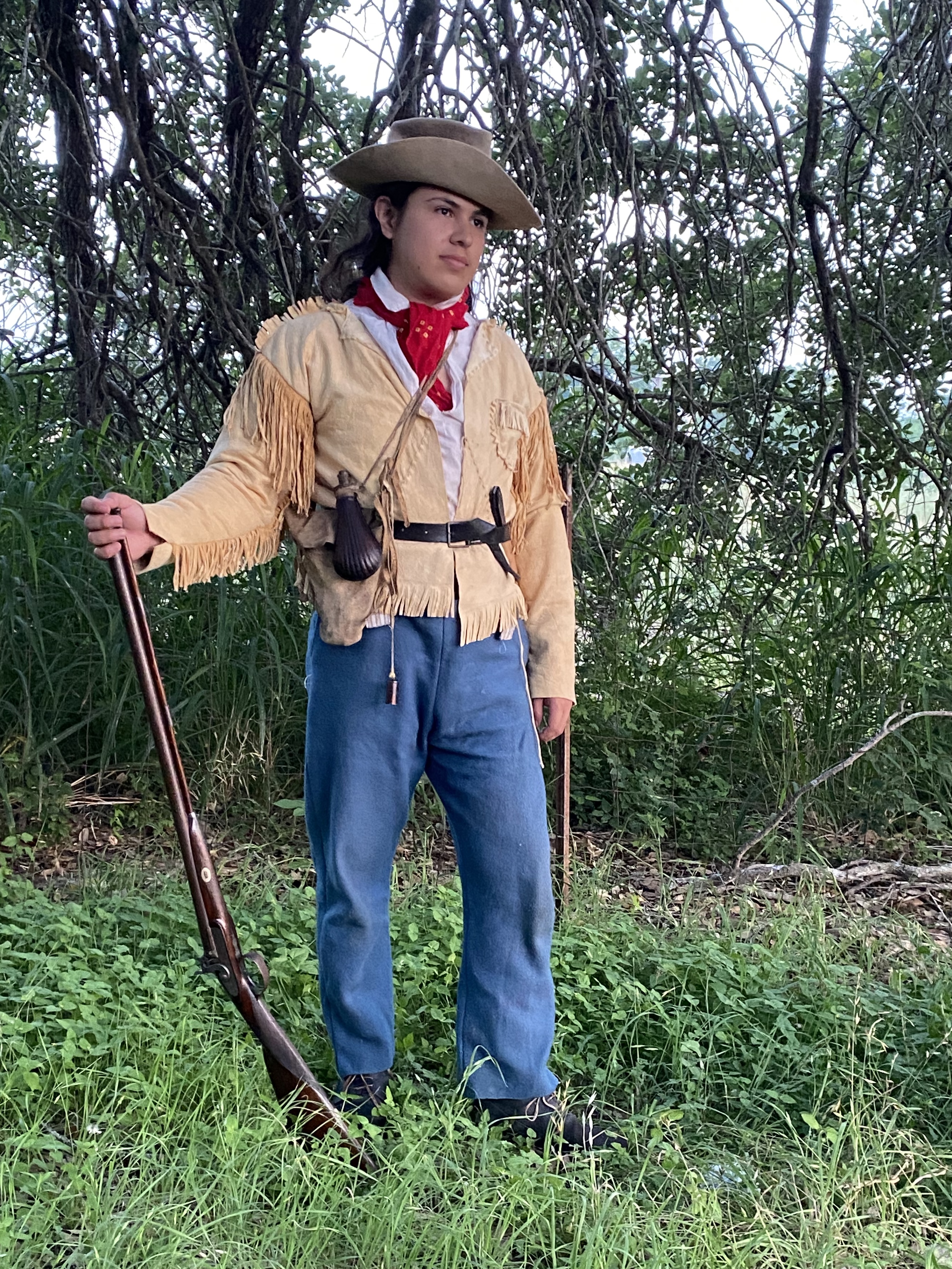"Green"skins and Cowfat
- David Sifuentes

- Jan 12, 2021
- 4 min read

Texas and cattle, there are few words that have achieved such a close association with each other. But what are the origins behind this stereotype? The first great cattle herds were never taken on the Chisolm Trail, or indeed, on any other trail drive. They were weren't loaded up into cattle cars in Abilene, Dodge City, or any of the other famous cowtowns to be shipped eventually to some cityman's dinner plate. Instead, the desired beeves meant to be utilized were harvested on their own home range. Additionally, their intended utility was rarely to supply fresh meat, most of which was left to rot in the field. The true prizes, hides and tallow, had trade networks extending to Satillo, Mexico City, and eventually even to Spain herself, such was the Spanish Hide and Tallow trade of Texas
The use of cowhide is pretty self explanatory, it's a commodity still utilized to this day. Four and three hundred years ago, it would have had an even greater presence in daily life. At the rancho, the rawhide could be made into the originally duct tape. Wet stripes of "green" hides (skins that have had the hair and flesh laboriously scrapped from them yet have not been tanned) become soft, very pliable, and unbelievably stretchy. The strips of skin do not stay in that state though, as they dry they shrink down again to their original size and dry rock hard in whatever way they were formed. This was a perfect medium to lash together things which a more sumptuous society would relegate to being held together with iron nails and other more civilized fasteners. It is said that the Southwest was figuratively held together with rawhide, it's literal and very frequent use certainly warrants such an adage. Rawhide wasn't merely kept in a crude state of cordage, smaller, finer strips could be braided or twisted to form elegant tools which are a mainstay of western horse culture, the reata, querta, bosal, and many other things. A vaquero in his spare time could truly braid beautiful and strong works of art. This will be be discussed in greater detail in another post.
Although a raw hide has many uses, man has discovered means to "cure" this skin to be constantly flexible, greatly expanding its use. Large tanneries were not present in Spanish Texas, but they did exist further south and across the Atlantic in Spain. Once the skins were finally received and cured, they could be sold to various craftsmen to make such important items as shoes, boots, belts, containers, saddles, saddle bags, military goods, and a plethora of items luxurious and utilitarian. These finished goods may have eventually found their way back to Texas, thus bringing this trade full circle.
Tallow is the fat surrounding an animals vital organs and also lies just interior to the skin. It's a very white, greasy, flaky substance. At first glance a modern eye would be hard pressed to think what could possibly be the reason such a substance to hold value. The value comes once the harvested fat is rendered. Large chunks of tallow are placed into large iron cauldrons that are heated over a fire. As the fat heats, the water evaporates and the solids are separated from the oils. These oils are strained from the solids into waterproof and airtight skin bags to solidify and be stored. The rendered tallow was predominately used as a grease or lubricant (duh), could be fortified to be used in candles, or could be the base in soap making. Carried in these skin bags the tallow could be kept indefinitely, a huge plus when your closest market is several hundred miles away.
So who were these first ranchers and when did they first begin? The first ranching operations in South Texas were organized by the Franciscans for their established missions. They had relatively unrivaled success until the 1750's when a relative peace had been established with the Indians allowing private individuals an opportunity to begin their own herds. The actual vaqueros were the mission Indians who quickly adapted to a life in the saddle. It is from their translation of Spanish horsemanship that the practices of the historic and modern cowboy were developed. These men still continued to perfect their skill long after the missions were secularized and the Franciscans a thing of the past.
It is from these roots of trading skins and fat and the skills necessary to achieve it, that Texans would be well prepared for their boom as a quintessential cattle kingdom and would so solidly cement the image held the world over of the cattle driving cowboy.
"The inhabitants of San Antonio are excellent horsemen, and particularly fond of hunting or lacing their wild animals. Having entered the field and started an animal they mean to take alive, they give him chase at full speed from wood to valley, till his fatigue enables them to come within a certain distance of him. Here the hunter, holding the running noose of a strong lash or thong coiled round his arm in his right hand, throws it with such dexterity, that he seldom fails to catch him round the neck or horns, and in the same instant, by pulling up his horse, or turning him abruptly from the line of his career, he checks his prey and obliges him to stand still." - (Monsieur de, Pierre Marie François) Pagès, 1793




Comments